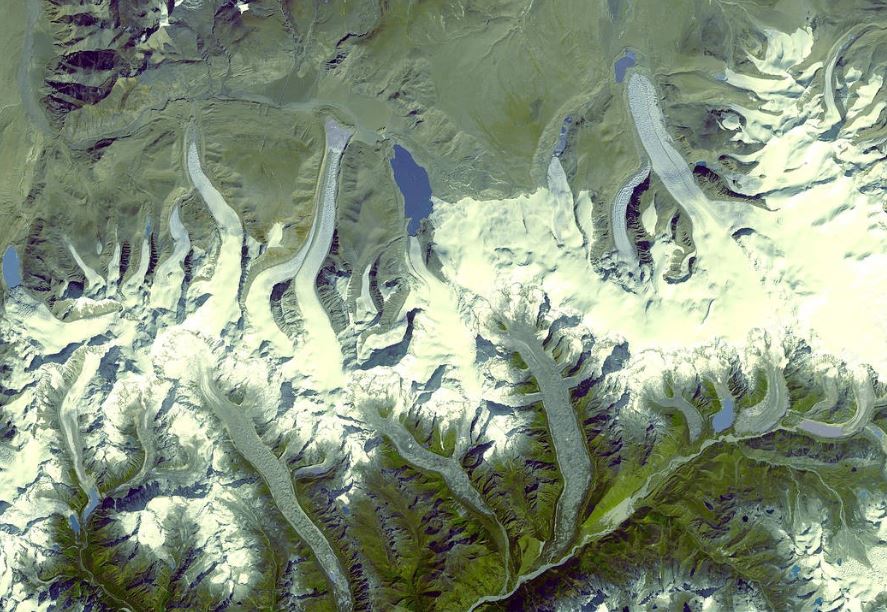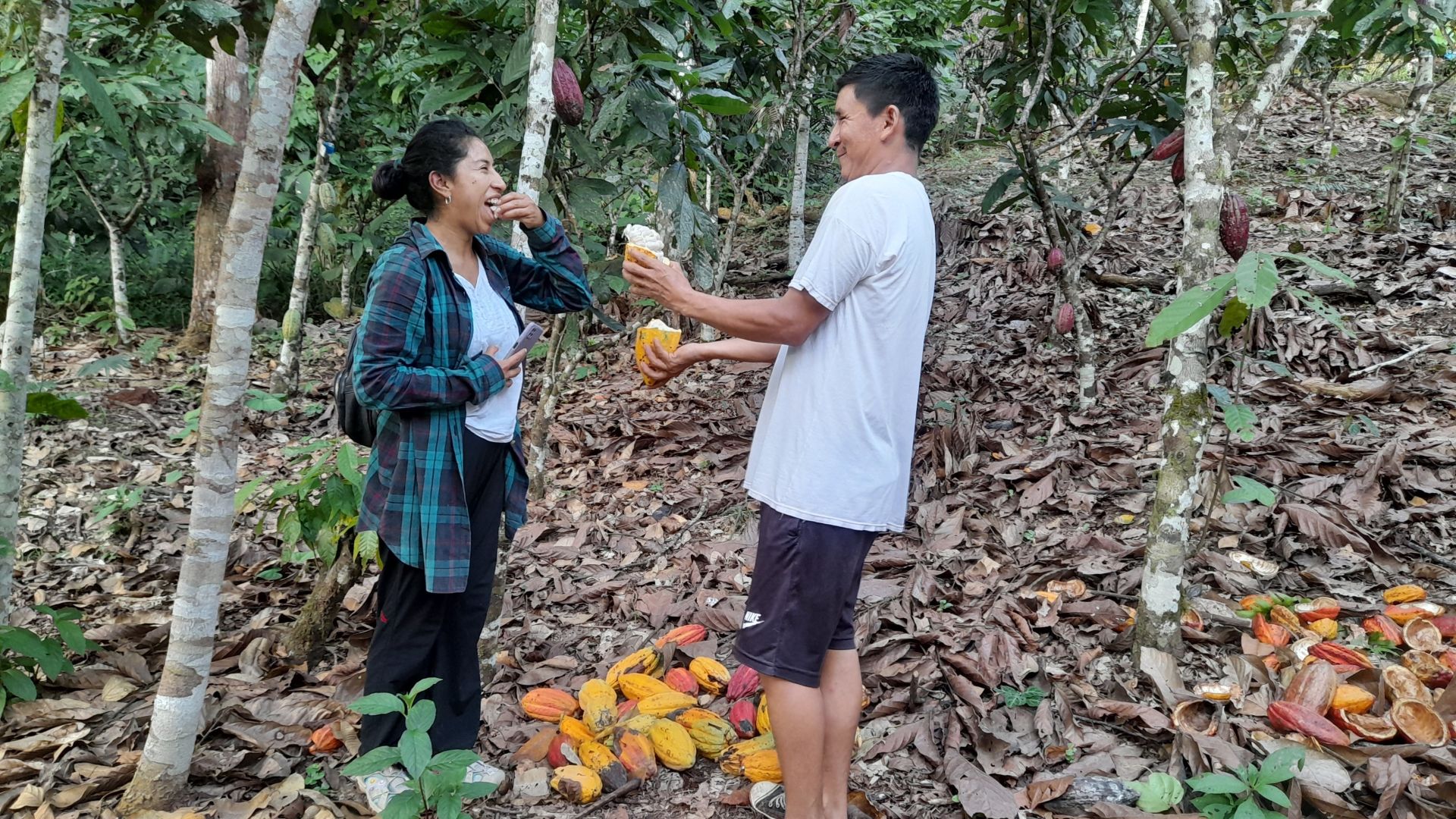“Cash for work” mechanism for the empowerment of community tourism in Peru
Planeterra and IUCN SUR co-implement the "Cash for Work" mechanism in Amarakaeri Communal Reserve (a Green Listed site) and Río Abiseo National Park (a Green List candidate site) to ensure direct benefits for local people and help their post-COVID recovery through tourism. All the work on infrastructure that is aimed at helping local communities with their sustainable tourism services is coming to its final phase.
Community based tourism usually lacks the infrastructure that is needed for good quality services and experiences on tourism. In many cases this work ends up being done by someone outside the community. The Cash for Work mechanism aims to tackle this problem, transforming the lack of infrastructures into an opportunity to strengthen local economies and empower the sense of ownership on the constructions being done.
The mechanism, as its name indicates, identifies potential reforms or projects that need to be built in each community and pays the people from that community to do the work . During the past two weeks, this has been the scenario for ten communities in Amarakaeri Communal Reserve and Río Abiseo National Park who took part on the construction work needed for sustainable tourism developments in each area.
This activity is amongst the ones identified in the Community Action Plans done as a fundamental part of the Cash-for-Work (CFW) mechanism, which finances 100% of the construction works prioritized by each community, including:
- The purchase of local construction materials (benefiting community suppliers directly).
- The purchase of complementary construction materials (including the transportation to the community).
- Local labour for the construction of each infrastructure.
This unique mechanism ensures that the work carried out by locals benefit both the community and the overall tourist experience. It also allows community members to earn additional income while building the facilities they originally developed in their Action Plans.
In the list detailed below, we share more information about the construction works that are currently underway and those that have been completed.
In Río Abiseo National Park:
San Juan del Abiseo Community
Project: Reception House construction for tourists and a sign that reads “Welcome to the community”.
● People directly benefited: 17 (14 men and 3 women).
● Scope of the benefits (based on its usability): 180 inhabitants of the community.
● Progress: 60%.
● Delivery date: October 15, 2022.
Pizarro Community
Project: Construction of one tourist viewpoint, improvement of its access road, reform of an exhibition space for meliponiculture and one booth for sanitary facilities
● People directly benefited: 28 (24 men and 4 women).
● Scope of the benefits (based on its usability): 600 inhabitants of the community.
● Progress: 100%.
● Delivery date: September 29, 2022.
Pucallpillo Community
Project: Three bridges to improve accessibility in the community where renovated, complemented by one “welcome” booth (“Tambo" at the local pier), one sign that reads “Welcome to the community” and the signposting for a cocoa demonstration plot.
● People directly benefited: 30 (26 men and 4 women).
● Scope of the benefits (based on its usability): 150 inhabitants of the community.
● Progress: 100%.
● Delivery date: September 27, 2022.
Santa Rosa Community
Project: Improvement work on the maloca (rest area) and pedestrian access road to its Botanical Garden, complemented by the construction of an artisan oven, one community bridge and the construction of giant 3D letters with the name of the community.
● People directly benefited: 22 (17 men and 5 women).
● Scope of the benefits (based on its usability): 50 inhabitants of the community.
● Progress: 95%.
● Delivery date: September 28, 2022.
Dos de Mayo Community
Project: A bridge to improve the access between the pier and the central area of the community was built.
● People directly benefited: 20 (18 men and 2 women).
● Scope of the benefits (based on its usability): 2000 inhabitants of the community.
● Progress: 100%.
● Delivery date: September 20, 2022.
In the Amarakaeri Communal Reserve:
Queros Community
Project: Six roofs of community houses where renovated and the mount of the "Aguajal bridge”, currently being used for tours, was reinforced.
● People directly benefited: 26 (10 men and 16 women).
● Scope of the benefits (based on its usability): 30 inhabitants of the community.
● Progress: 86%.
● Delivery date: October 31, 2022.
Shintuya Community
Project: One sanitary pit for community waste was built, complemented with six wooden huts with three garbage cans made out of local plant roots.
● People directly benefited: 34 (12 men and 22 women).
● Scope of the benefits (based on its usability): 60 inhabitants of the community.
● Progress: 71%.
● Delivery date: October 31, 2022.
Puerto Azul Community
Project: One community dining room was built.
● People directly benefited: 15 (10 men and 5 women).
● Scope of the benefits (based on its usability): 60 inhabitants of the community.
● Progress: 46%.
● Delivery date: October 31, 2022.
Boca Ishiriwe Community
Project: One visitor reception centre was built.
● People directly benefited: 26 (12 men and 14 women).
● Scope of the benefits (based on its usability): 45 inhabitants of the community.
● Progress: 78%.
● Delivery date: October 31, 2022.
Barranco Chico Community
Project: Ornamental and production plants such as, chestnuts, palm trees and coconut, among others; where planted.
● People directly benefited: 25 (9 men and 16 women).
● Scope of the benefits (based on its usability): 45 inhabitants of the community.
● Progress: 71%.
● Delivery date: October 15, 2022.
All these interventions have directly benefited a total of 243 people (152 men and 91 women) in approximately five months of work in both protected areas. The Planeterra team has been supervising the process in each community of the Río Abiseo National Park between September 19 and 30.
For more information, contact Maria Burneo, IUCN South Protected and Conserved Areas Communication Coordinator - maria.burneo@iucn.org and/or Richard Bazán, Peru Community Tourism Project Manager - rbazan@planeterra.org.



